VISIONS OF SODOM
VISIONS OF SODOM
Religion, Homoerotic Desire, and the End of the World in England, c. 15501850
H. G. COCKS
THE UNIVERSITY OF CHICAGO PRESS
CHICAGO AND LONDON
The University of Chicago Press, Chicago 60637
The University of Chicago Press, Ltd., London
2017 by The University of Chicago
All rights reserved. No part of this book may be used or reproduced in any manner whatsoever without written permission, except in the case of brief quotations in critical articles and reviews. For more information, contact the University of Chicago Press, 1427 E. 60th St., Chicago, IL 60637.
Published 2017.
Printed in the United States of America
26 25 24 23 22 21 20 19 18 17 1 2 3 4 5
ISBN -13: 978-0-226-43866-5 (cloth)
ISBN -13: 978-0-226-43883-2 (e-book)
DOI : 10.7208/chicago/9780226438832.001.0001
Library of Congress Cataloging-in-Publication Data
Names: Cocks, Harry, 1968 author.
Title: Visions of Sodom : religion, homoerotic desire, and the end of the world in England, c. 15501850 / H.G. Cocks.
Description: Chicago ; London : The University of Chicago Press, 2017. | Includes bibliographical references and index.
Identifiers: LCCN 2016033875 | ISBN 9780226438665 (cloth : alk. paper) | ISBN 9780226438832 (e-book)
Subjects: LCSH : Sodom (Extinct city)Religion. | Gay erotic literatureHistory and criticism. | Christian ethicsEngland. | End of the world.
Classification: LCC BR 115. H 6 C 635 2017 | DDC 274.2/06dc23 LC record available at https://lccn.loc.gov/2016033875

This paper meets the requirements of ANSI/NISO Z 39.481992 (Permanence of Paper).
CONTENTS
their encouragement and advice and to my colleagues and students in the History Department at the University of Nottingham. I have profited from instructive discussions with David Clark, Matthew McCormack, and with my colleagues, especially David Appleby, Ross Balzaretti, Richard Gaunt, Richard Goddard, David Laven, Richard Hornsey, Frances Knight, Rob Lutton, Robbie Rudge, Liudmyla Sharipova, Neil Sinclair, and Claire Taylor. David Gehring lent me his considerable expertise on seventeenth-century religion. Gerry Gunning provided references, and Chloe Turner supplied tea and sympathy. Maroula Perisanidi translated Latin indictments for me. Laura Ramsay read the entire manuscript and offered an invaluable detailed commentary. I am indebted to all of them. Charles Watkins not only read some of the manuscript and gave sage advice but also listened patiently to many a disquisition on biblical geography, the Antichrist, and other matters dealt with in the book, for which I am deeply grateful. Without the support of my family, who also heard quite a bit about those things and listened politely, I wouldnt have got anywhere, and I thank them for all that they have done for me.
Lot appeared before the crowd to offer his daughters to its ravenous lust in place of the angels, but he was scorned. He would sooner have arrested the rolling waves, or calmed the angry winds, than have led back within the bounds of reason these men whom the fiery winds of their own lusts and passions were driving onwards to the accomplishment of their fearful purpose. Heedless of Lots entreaties and warnings, the people of Sodom were struck blind by the angels as a prelude to their greater destruction, which happened the following morning. Lot, warned by the angels, escaped with his daughters to the nearby city of Zoar, after which the Lord rained upon Sodom and upon Gomorrah brimstone and fire from the Lord out of heaven. And he overthrew those cities, and all the plain, and all the inhabitants of those cities, and that which grew upon the ground. According to the classical writers Josephus and Strabo, Sodom and Gomorrah now lay beneath a cursed asphaltic lake, said by many later travelers to emit foul and noxious vapors hostile to life, its waves uncannily imitating the sound of countless souls groaning for all eternity.
In 1954 Derrick Sherwin Bailey, the Anglican clergyman and campaigner for the repeal of English laws against male homosexuality, surveyed the assumptions that lay behind Wylies hair-raising account of Sodoms
In spite of the power of this heritage, Alan Bray pointed out in 1982 that it was the early modern period that was something of a golden age for the story of Sodom and Gomorrah. At that time, the use of the cursed cities to describe sexual excess of all kinds, and homoerotic behavior in particular, was ubiquitous. What was striking, Bray said, was the variety and originality shown in its retelling, the way it was borrowed by diverse genres, from theological controversy to satires, humanist writings, and popular ballads. In an age and society that expected divine punishment on a daily basis, Sodom and Gomorrahs destruction stood out. The clergyman Richard Allestree wrote in the 1650s that the most extraordinary and miraculous Judgment that ever befel any place, was fire and Brimstone from heaven upon Sodom and Gomorrha, punishment for the sin of uncleanness.
In order to address this seemingly momentous change, if that is what it was, without recapitulating the entire history of Western modernity at that point, I intend to examine texts that specifically address the question of homoerotic desires. My study concentrates mostly on men, even though the warning provided by Sodom and Gomorrah was universal. As Wylies account implies, all the Sodomitesmen, women, and childrenwere held to be in the grip of unnatural lust. Equally, devotional texts and books of moral instruction that dwelled on the story in warnings against uncleanness aimed their advice at both sexes and all humanity. While this indeterminacy continued throughout the period, in general, commentary on the story restricted itself to the ways it affected the moral condition of men, or a universal subject assumed to be male. To examine the different readings of the Sodom and Gomorrah story, I will explore the ways in which the cities demiseperhaps the most important context for discussing homoerotic acts and desireswas read between the early modern period and the mid-nineteenth century. This approach will not only concentrate on the story in Genesis 19, as the cities reappear numerous times as motifs and tropes in other biblical chapters. The most important of those for English Protestants was Revelation, also known as the Apocalypse of Saint John. In Genesis and Revelation, homoerotic desires and acts were intimately related to the threat of social breakdown, the utter destruction of the state, and the ultimate obliteration of the world at the end of time.
The relevance of these ideas to the discussion of homoerotic behavior and desires was not confined to the golden age of English Calvinism in the early seventeenth century though. The religious notions that defined sodomy in relation to the biblical city, and that were adapted after the Reformation from long-established late-antique and medieval traditions, were, I suggest, so deep-seated as to require a period of centuries to be overturned (that is, if they have been overturned). I also want to reconcile this long-term outlook with the evident fact that there was a fundamental shift in the treatment and understanding of homoerotic behavior at the very end of the seventeenth century. This has been noted by many historians, who have given it different names. For contemporary commentators it was called the growth of sodomy, and plain reasons had to be found for its occurrence. When, in the late twentieth century, historians also addressed this transformation, they called it the gender revolution, the birth of the queen, the beginnings of modernity, or the rise of modern homosexuality. This development has been explained in various ways as the result of secularization, the scientific revolution, the long-term consequences of the Reformation, individualism, bourgeois values, the development of sexual liberty (for heterosexuality), or simply modernity in general. The cultural influence of all of these is said to have encouraged the emergence, or discovery, of a distinct homosexual subculture and identity in the major cities of northwestern Europe at the beginning of the eighteenth century that later became the model for all other forms of gay identity.


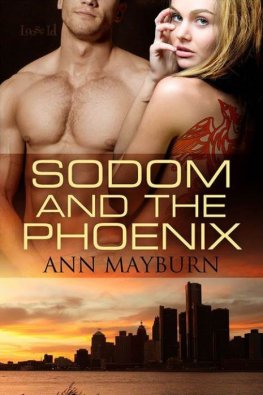
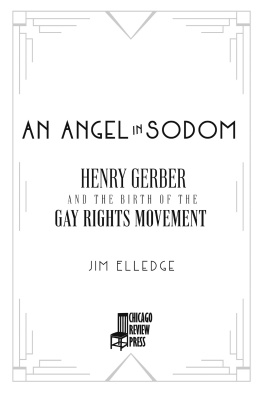
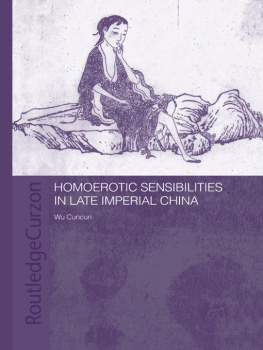
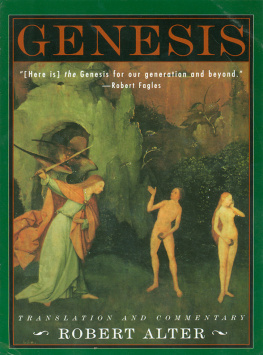


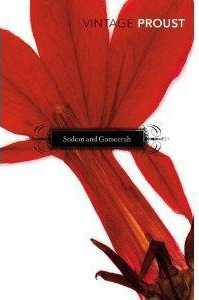

 This paper meets the requirements of ANSI/NISO Z 39.481992 (Permanence of Paper).
This paper meets the requirements of ANSI/NISO Z 39.481992 (Permanence of Paper).